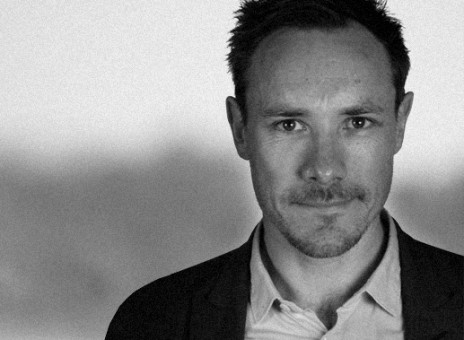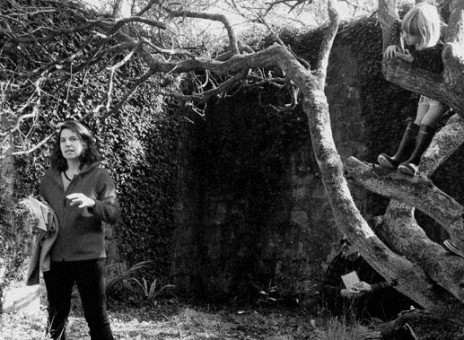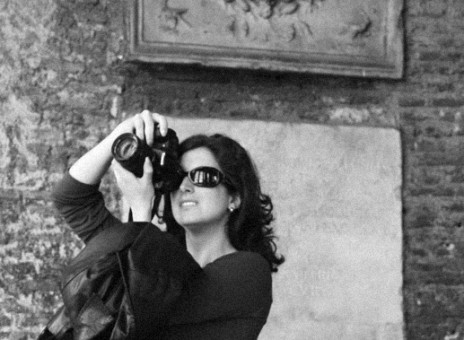Transforming Loss: Knowledge Exchange at Orford
How can those responsible for caring for landscapes and historic features respond to change and loss positively and proactively? Natural and cultural heritage features are continually affected by transformative processes, some of them inevitable (such as weathering and climate change) and others intentional (such as strategies applied to manage profusion, or enhance biodiversity). Our third and final Heritage Futures knowledge-exchange workshop, which took place in early October 2018 in Suffolk, UK, aimed to explore heritage management practices and philosophies that seek to accommodate loss and change.
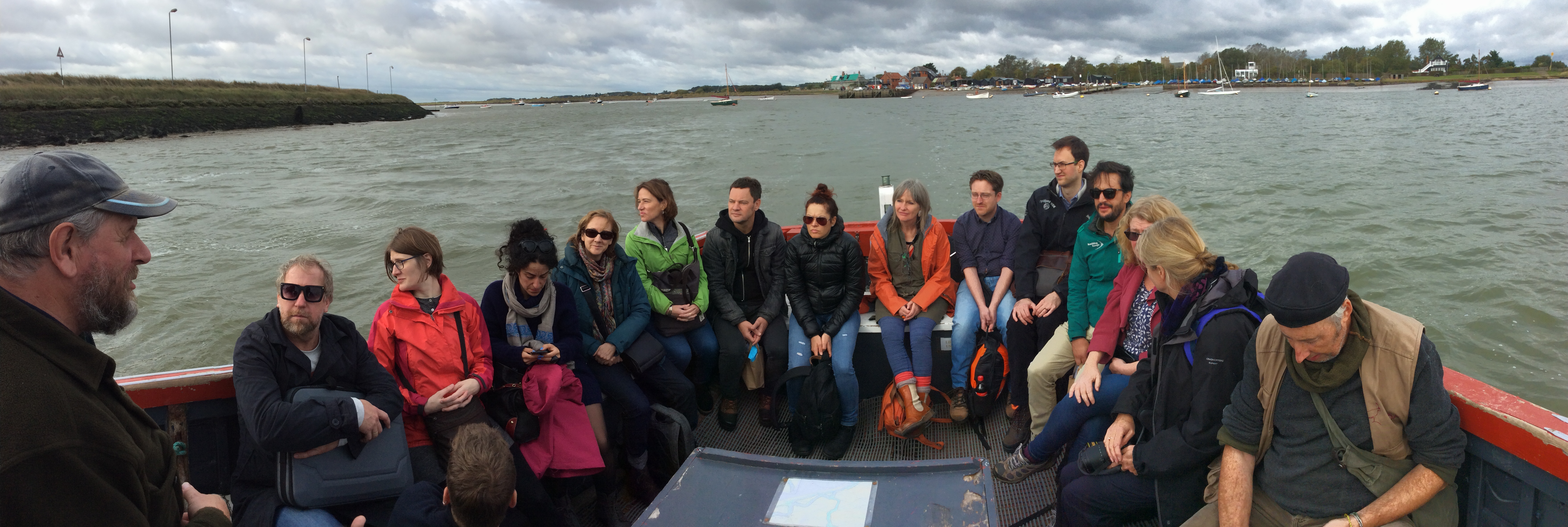
Heritage Futures programme partners The National Trust and Coastal and Intertidal Zone Archaeological Network (CITiZAN) collaborated with members of the Diversity theme (Nadia Bartolini, Caitlin DeSilvey, Sefryn Penrose and Rodney Harrison) in creating a workshop to explore how loss could be seen as both a pressing challenge and an untapped opportunity for the emergence of alternative values, relationships and material configurations. The 4-day workshop in Suffolk brought together 30 heritage researchers and conservation practitioners, seeking to work across different parts of the heritage sector and to integrate operational and policy perspectives. Workshop discussions were grounded in field excursions on the second day of the workshop to Orford Ness ─ a single spit off the Suffolk coast, partly owned by The National Trust ─ and Orford Castle ─ an English Heritage site which is also home to the community-run Orford Museum.
Orford Ness is a place characterised by ongoing change in both its historic built environment and natural landscape. The Ness is separated from the mainland by the River Ore, which adds to the isolated nature of the site (Figure 1). After a short boat journey to the spit, National Trust and CITiZAN experts guided the group around Orford Ness (Figures 2 and 3), sharing their knowledge about the site’s dynamic coastal environment and exploring the relic structures and features associated with the 20th century occupation of the spit by the Ministry of Defence for classified research and weapons testing. Since the early 1990s, The National Trust has managed elements of the site’s built environment through a policy of ‘continued ruination’. Discussions in the field touched on the aesthetics of loss and decay; the accommodation of natural forces such as erosion and ruination, and the resulting loss of control; and the balance between efforts to avert loss and efforts to restore and conserve (in relation to both natural and cultural features).
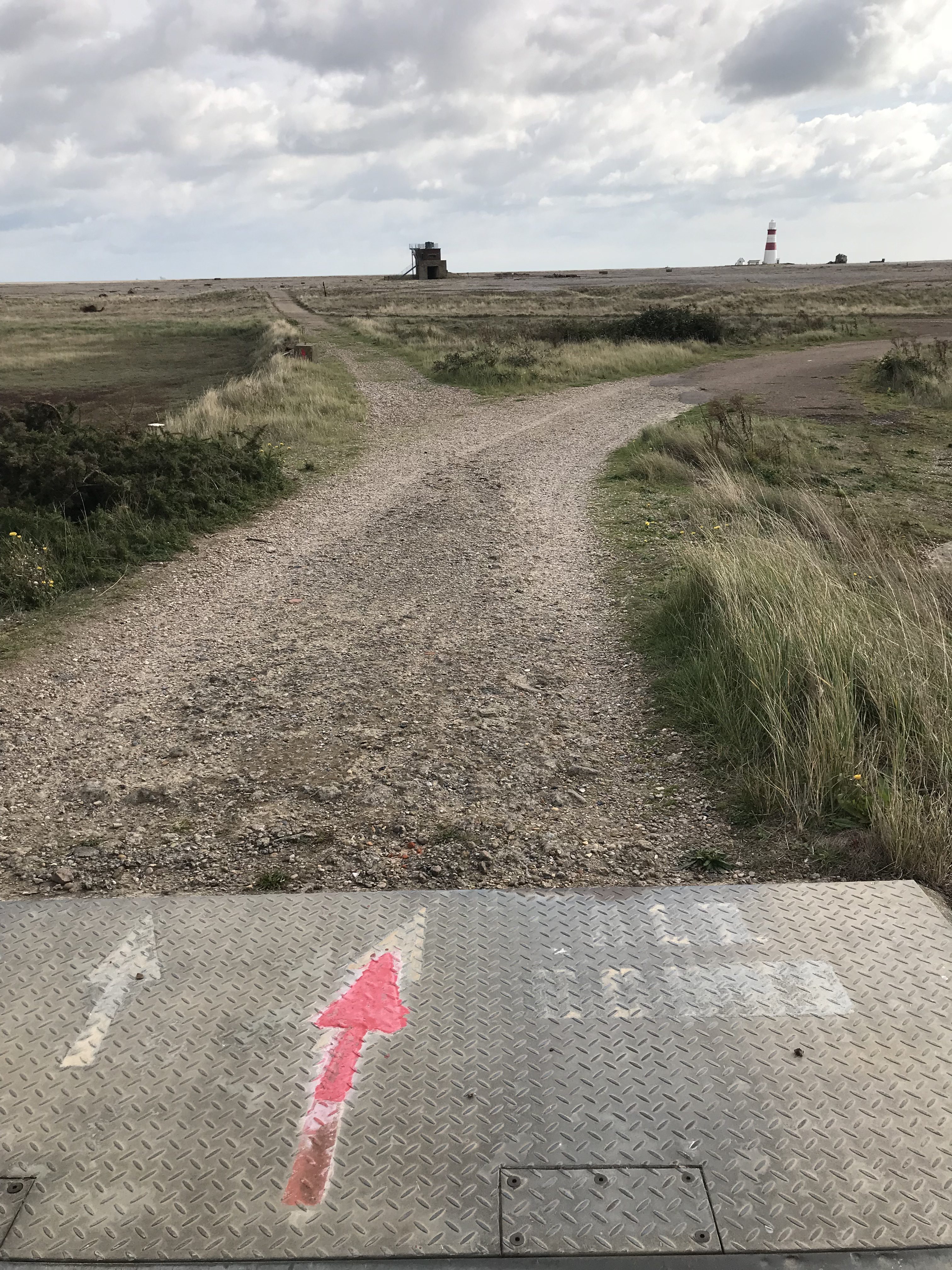
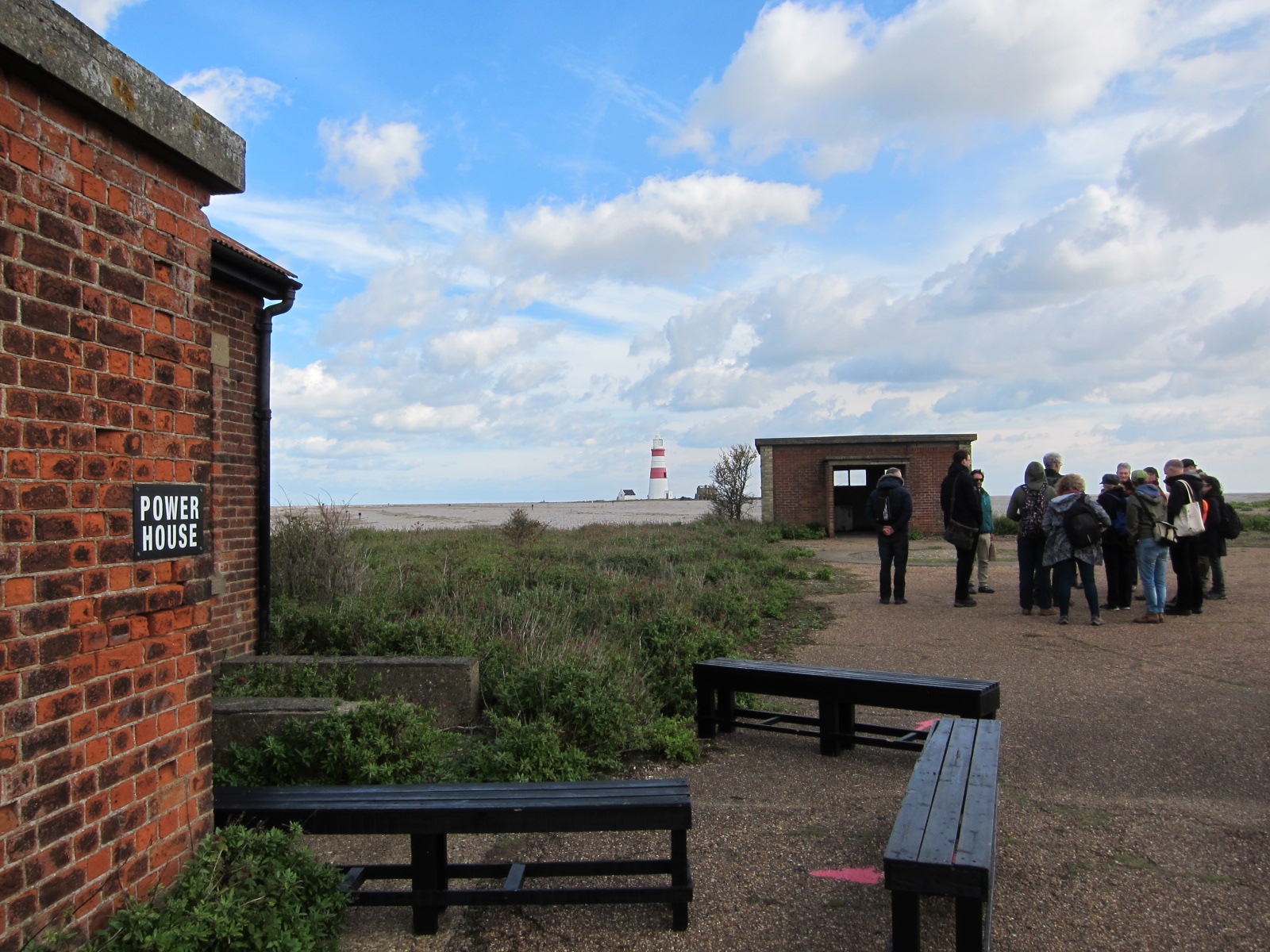
Orford Castle, on the mainland in the village of Orford, is an English Heritage property which is also home to the Orford Museum, a small local collection whose curator and volunteers, constrained by space and resources, continually grapple with difficult questions about deaccessioning and potential loss (Figure 4). The museum curator provided participants with an assessment of the perception of loss through different registers. For instance, she observed how loss can result from the ways in which museums choose to accession and deaccession objects, but frequent staff turnover at local museums can also lead to the loss of institutional memory and a particular ethos of care.
“People want to see [Orford Ness] because it’s got historical significance, it’s got nature taking over, it’s got the aesthetics of things falling apart which is pleasing to some degree”

The field excursions provided the workshop participants with a grounded appreciation of the challenges faced by professionals and practitioners dealing with the prospect of loss in the integrity of the buildings and landscapes that they manage. On the third day of the workshop, keynote presentations and workshop sessions focused on the potential for framing loss through alternative values and relationships, and the opportunity to develop new modes of engagement and interpretation. Three sessions brought together views from different practitioners, working in different heritage-related fields.
In the first session, National Trust staff shared their thinking behind the development of conservation management plans at two sites where change is inevitable and imminent: Orford Ness and Mullion Harbour (Cornwall). The Orford Ness plan was used as a prompt to discuss challenges and opportunities associated with the coordinated management of natural and cultural heritage landscapes. The open discussion that followed explored whether a philosophy of loss and transformation can provide the basis for more collaborative and holistic approaches.
The subsequent session examined rewilding as a heritage-making process that seeks to enhance and produce biodiversity, although it is often perceived to have the opposite effect on cultural diversity, overlooking or erasing traditions and practices embedded in the landscape (Figure 5). The workshop speakers, however, challenged this interpretation, and offered examples of how rewilding can foster the emergence of new connections and values, through the production of future ecologies, economies and cultures that link to the past in unexpected ways.
The final session focused on the problem of profusion in museum and other contexts. Speakers suggested approaches that might be used to frame disposal and deaccessioning as creative and productive processes. Discussion drew out different ideas about possible solutions to over-accumulation, and considered whether ‘letting go’ may present new opportunities for organizations and people to engage with museum collections.
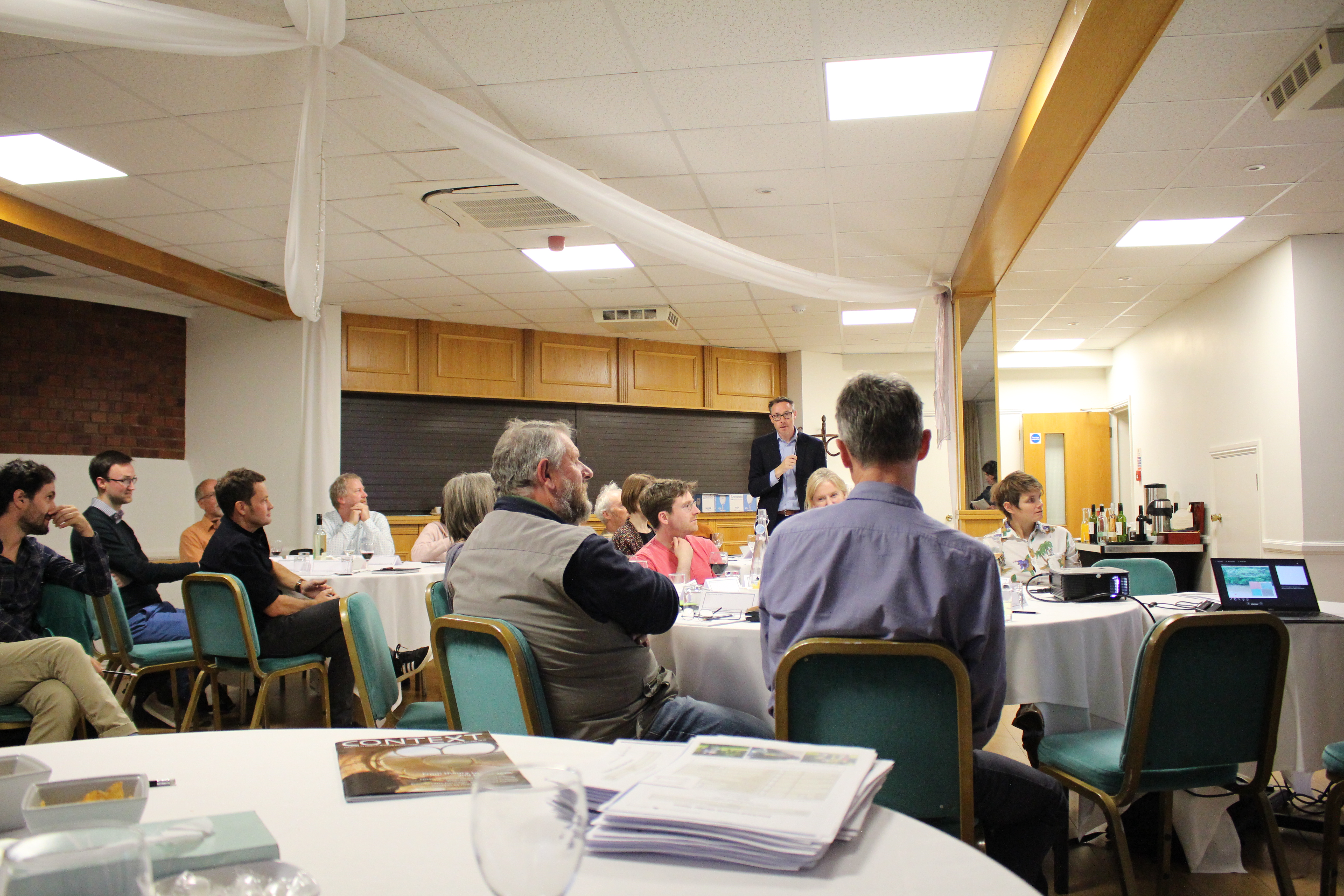
On the final day of the workshop, a senior representative from The National Trust and member of the Heritage Futures advisory board offered her reflections on the workshop. She focused her comments around what she identified as ‘two kinds of letting go’. One kind is intentional and controlled, and involves making decisions about how cope with anticipated change proactively, through drafting of management plans and other tools for ‘letting go well’. She observed that this kind of planning isn’t very good at coping with ambiguity, and that planning processes may need to change to allow for more iterative and flexible approaches. The second kind of letting go she described as the process of ‘letting go of control’, which ‘is the opposite of making an intentional choice.’ She talked about the challenge of giving over control to natural processes, and to communities, and suggested that new strategies are needed to help both practitioners and publics cope with the resulting uncertainty, ‘becoming comfortable when we don’t know what the outcome is.’
The open discussion that followed focused on thinking about what a framework for managing loss and change, directed to stakeholders in the heritage and conservation sectors, might look like. Workshop participants were also asked to think about possible guidelines for communication and engagement with diverse publics around themes of loss, change and transformation. Five breakout groups considered these topics from the perspective of different stakeholder groups ─ stewards, public bodies, communicators, consultancies and communities. Each group produced a set of recommendations and reflections. Five key points, distilled from the group conversation, address possible directions for the future of sites and features in transition, such as Orford Ness.
The first point relates to temporality. As a site in the process of transformation, it is important to facilitate short-, medium- and long-term planning, with regular intervals of review, reporting, and re-evaluation, to allow for long-term flexibility and enable integration of feedback from various stakeholders and adjustment of targets. Change is always occurring, but some change processes are slower than others (e.g. enabling fauna and flora to adapt; letting a building decay). Integrating management across the natural and built environment would open up options for interpreting different scales and speeds of change and managing for ‘process rather than product’.
The second point considers the use of storytelling as a means to connect people with objects and the landscape. Acknowledging non–human as well human stories can enhance the connection to place and encourage appreciation of ongoing change (Figure 6). The interpretation of a coastal site should be balanced with information on how climate change and erosion has historically shaped and re-shaped the environment. Interpretation could focus on how a disused site has, through time, provided new habitat for native and non-native flora and fauna. With this holistic vision in mind, visitors could then be asked: what will the site look like in 50 or 500 years?
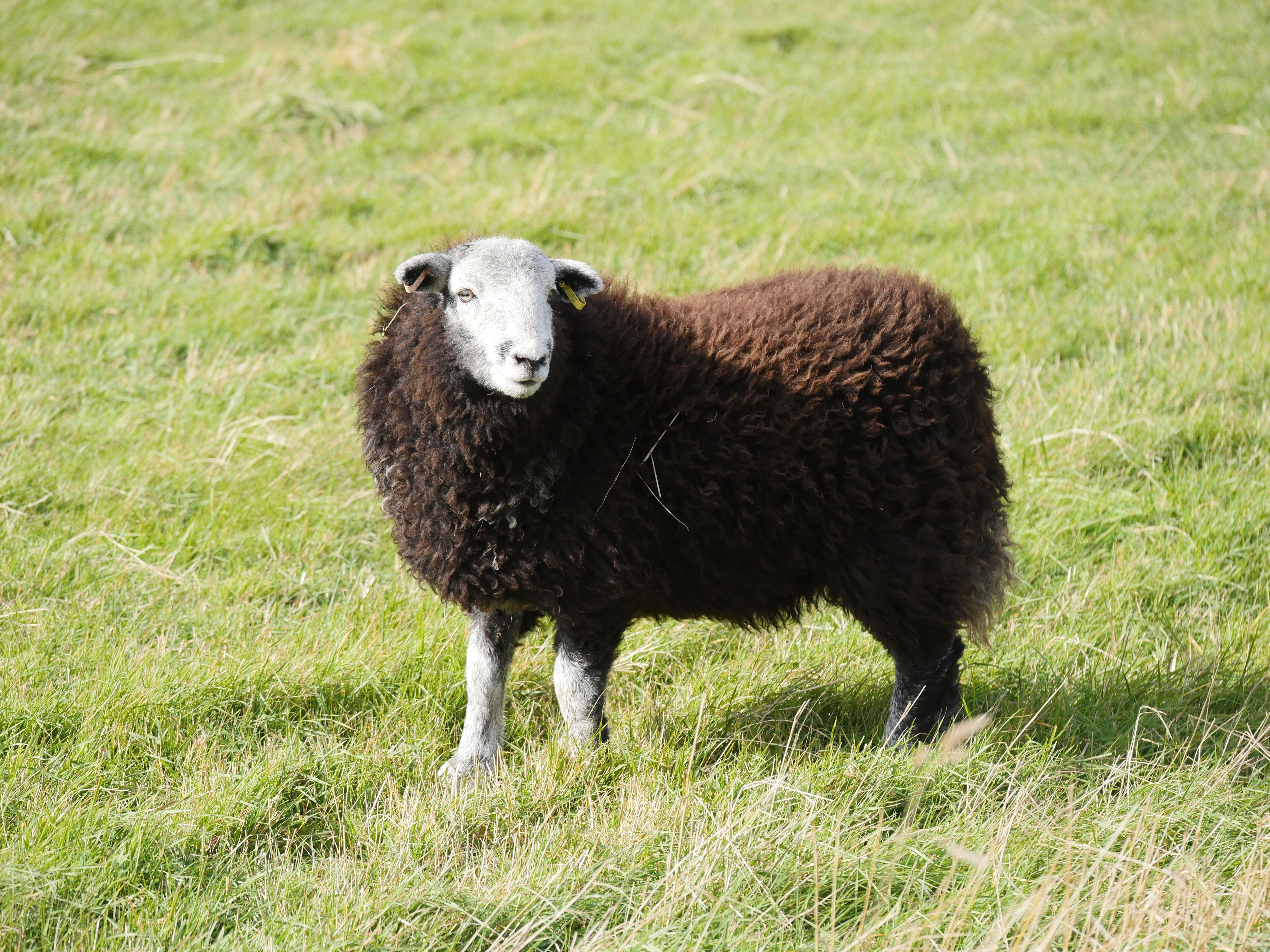
When managing a complex site, managers need to take into account a broader conception of heritage that incorporates both natural and cultural heritage. In a survey conducted with CITiZAN staff and volunteers in July 2016, a total of 82% viewed ‘the whole’ of Orford Ness as being ‘heritage’. Recognizing both the cultural and natural elements of sites as heritage does not mean preserving everything in aspic. It is important to highlight that most volunteers surveyed were accepting of the loss of material remains, but felt that a record should be preserved. ‘Heritage’ is therefore a legacy from the past as well as something made in the present for the future.
The fourth point engages with the concept of innovation as a way of exploring the possibilities that emerge as structures decay and landscapes transform. Many of the public bodies responsible for cultural and natural heritage conservation and policy have a renewed interest in public engagement: ‘putting people at the heart of the environment’ and ‘support[ing] the co-creation of ideas’ (Natural England 2016: 4; 7). An expanded concept of public engagement may lead to innovative interpretation strategies, that tell the story of ongoing process and involve people in monitoring change over time, or that use new technologies to allow people to see the landscape in different ways.
The last point recognizes that good listening is an essential part of communication, and that consultation needs to allow for meaningful incorporation of feedback to give people a voice in the adaptation planning at sites in transition. Communication is not broadcasting: it is a two-way process that requires that communication lines stay open, regardless of staff changes and budgetary constraints. New mechanisms may be needed to engage people in understanding conservation philosophies and decisions, and to give them to confidence to share their thoughts about long term plans for the future of sites. Scheduling yearly annual meetings with interested stakeholders to take stock of how things are progressing would be beneficial to keep communication lines open, and to adapt to changes (of people and of sites) over time.
References
Natural England (2016) Conservation 21: Natural England’s Conservation Strategy for the 21st Century. URL: https://assets.publishing.service.gov.uk/government/uploads/system/uploads/attachment_data/file/562046/conservation-21.pdf
Reflections on ‘Transforming Loss’ dispatch by Ingrid Samuel: https://heritage-futures.org/reflections-transforming-loss/
Integrating management across the natural and built environment would open up options for interpreting different scales and speeds of change and managing for ‘process rather than product’.
